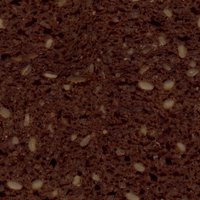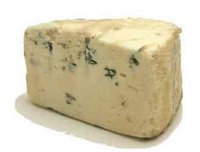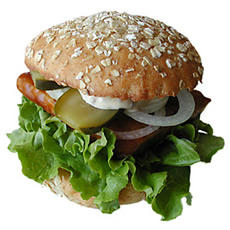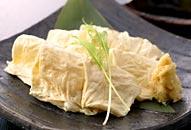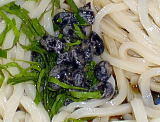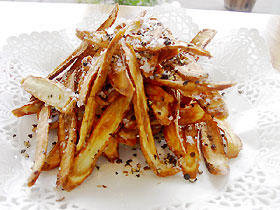I.V. vs. Haagen-Dazs

 In the U.S. I eat like a crunchy hippy. Organic vegetables, soy nuts and tamari almonds, the list goes on. I do miss those choices. When i was grocery shopping with my uncle and aunt during my cousins wedding a few months ago in Portland, OR, I was running through the isles like a kid in a candy store grabbing boca burgers, organic black berries and zucchini, and of course tofutti cuties.
In the U.S. I eat like a crunchy hippy. Organic vegetables, soy nuts and tamari almonds, the list goes on. I do miss those choices. When i was grocery shopping with my uncle and aunt during my cousins wedding a few months ago in Portland, OR, I was running through the isles like a kid in a candy store grabbing boca burgers, organic black berries and zucchini, and of course tofutti cuties.But there are no tofutti cuties here. Haagen Dazs is everywhere though. Haagen Dazs reminds me of, as I suppose it does with many people, my mother. As a child she always had stashes of expensive adult-ish sweets that we were never supposed to know about. The cookies were always Pepperridge Farm Sausalitos or Milanos. The ice cream was always Haagen Dazs coffee flavored ice cream. We would always sneak into it, much to her frustration.
Haagen Dazs has done a good job with localization here I think. Outside of the obligatory Green Tea ice cream flavor (which is amazingly good), they've created some really cool flavors; Azuki, Cassis and Cream, and the recent additions of Black Sesame and chai.
My favorite of all of these is a parfait that they sell. In Japan, you can sometimes find a desert that has a green tea mousse with azuki beans and white balls of mochi called shiratama. Well Haagen Dazs made this all into a parfait layering vanilla (for the shiratama) with azuki and green tea ice creams with kuromitsu (a sauce that tastes a little like molasses). Definately worth the hefty 4 or so dollar price.
But the crunchy hippy is calling out to me when I'm eating it. No!, it says, don't let Pillsbury dupe you into eating faux scandanavian, high butter fat, factory farm sourced dairy! And it was calling out to me as I walked by the freezer section with its floor to ceiling selection of Haagen Dazs. Will I go with the Black sesame or the kuromitsu and green tea ice cream sandwich, I ask myself almost in contempt of myself.
But as I scanned the case, something else was there. Little cups about the same size as the Haagen dazs single servings, but this one has a chic little design to it called I.V.. My interest is really piqued when I find out that its fig flavoured.
I take it out look at the front with 'I veggie' written as an explanation for the I.V. acronymn. I turn around the package to look at the ingredients on the back and see that the first ingredient is soy milk. That set the crunchy hippy bells and whistles off. It's a soy ice cream with rum soaked figs!
More reserach showed me that it's being distributed by Kanebo, a famous cosmetics company here, so I guess it's being targeted towards women.
It really is a great ice cream. I've seen other soy based sweets similar to this (soy milk pops, etc), and they haven't been that good. But this was just darn tasty! The kanebo website showed a bunch of other cool flavors (like champagne rose) that I would like to try. I'll definately be watching this one.
Read the whole post.
